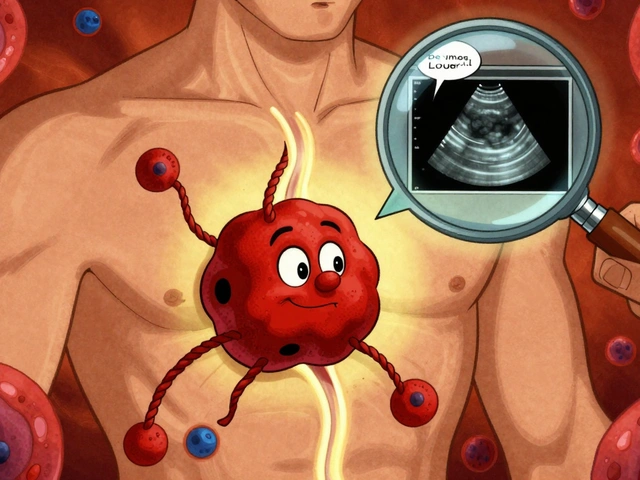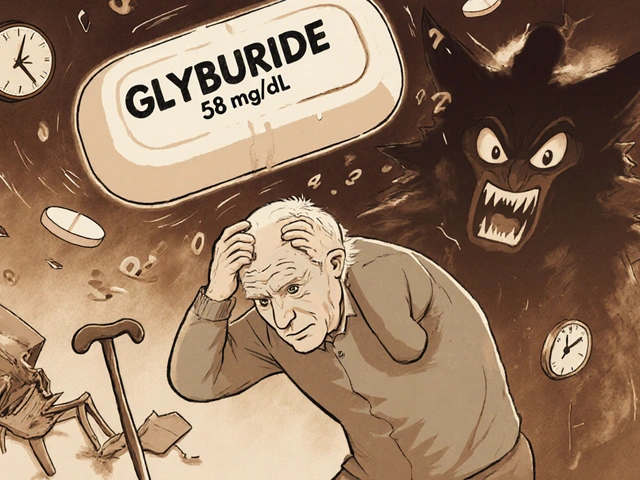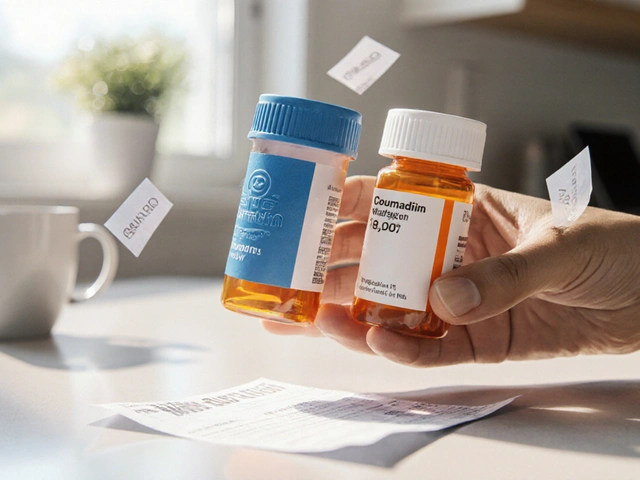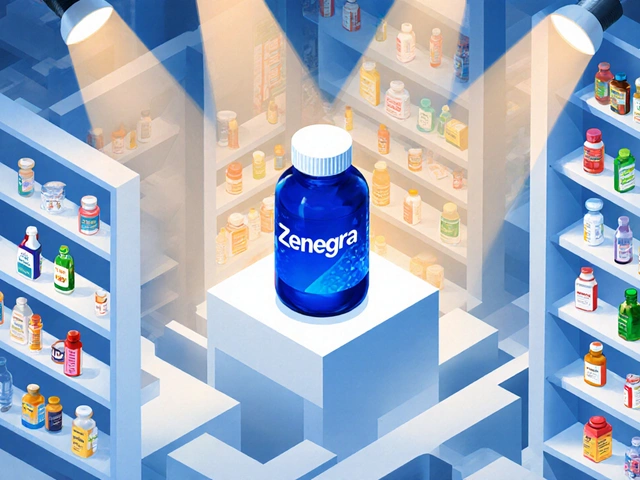PAH Management: What You Need to Know Right Now
Pulmonary arterial hypertension (PAH) can feel overwhelming, but you don’t have to face it alone. The good news? A mix of medicines, everyday habits, and regular check‑ups can keep symptoms in check and improve quality of life. Below we break down the basics so you can take control today.
Medications that Actually Work
Doctors usually start with three drug families: endothelin receptor antagonists, phosphodiesterase‑5 inhibitors, and prostacyclin analogues. Each works a different way to relax blood vessels and lower pressure in the lungs. Your doctor might prescribe one drug, combine a few, or switch if side effects pop up. Common choices include bosentan, sildenafil, and treprostinil. Remember to report any new symptoms—headaches, flushing, or swelling—so your plan can be tweaked fast.
Everyday Lifestyle Tweaks
Beyond pills, small daily moves make a big difference. Aim for low‑impact exercise like walking or swimming for 20‑30 minutes most days; it boosts heart health without overtaxing your lungs. Keep an eye on salt intake—excess sodium can raise fluid retention and make breathing harder. Stay hydrated, but don’t overdo fluids if your doctor says otherwise. Also, avoid high altitudes and extreme temperatures, as they can spike pressure inside the lungs.
Stress management matters, too. Techniques such as deep breathing, meditation, or even a short hobby break can lower overall strain on your cardiovascular system. If you smoke, quitting is non‑negotiable—smoking narrows vessels and worsens PAH instantly.
Regular monitoring is another cornerstone. At each visit, your doctor will check blood pressure, heart rate, and run a six‑minute walk test to gauge how far you can go without getting winded. Blood tests track liver and kidney function, especially when you’re on combo therapy. Many clinics now offer home pulse‑ox monitors; keeping a log helps your team spot trends early.
Support networks shouldn’t be ignored. Joining a PAH community—online forums, local support groups, or patient advocacy groups—lets you share tips, ask questions, and stay motivated. Hearing how others manage side effects or fit exercise into busy lives can spark new ideas for your own routine.
If you ever feel a sudden drop in oxygen, tight chest pain, or faintness, treat it like an emergency. Call your doctor or head to the nearest ER. Quick action can prevent complications and keep your treatment on track.
Bottom line: managing PAH is a team effort between you, your doctor, and the habits you build each day. Stick to prescribed meds, make sensible lifestyle tweaks, track your health, and lean on community support. With the right plan, you can keep PAH from running your life.





